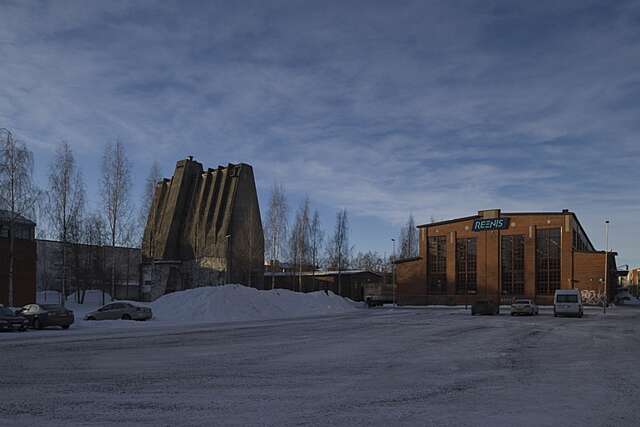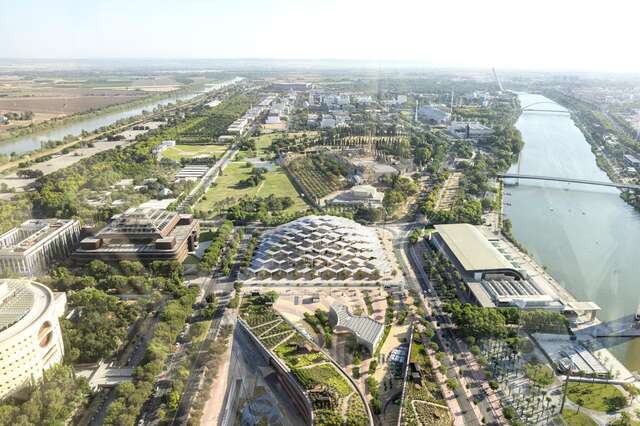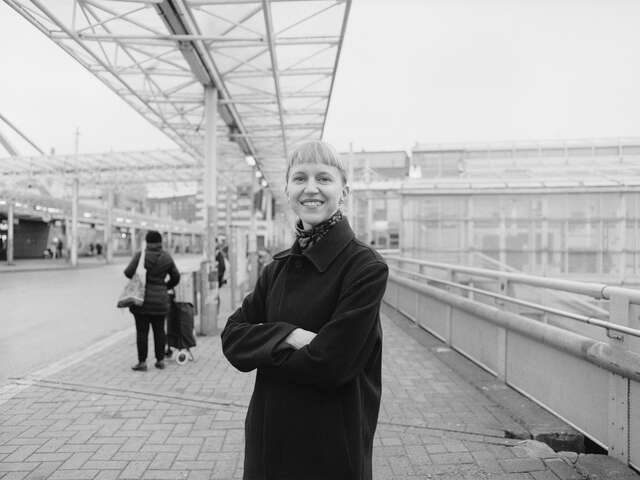The iconic House of Culture opens to new audiences
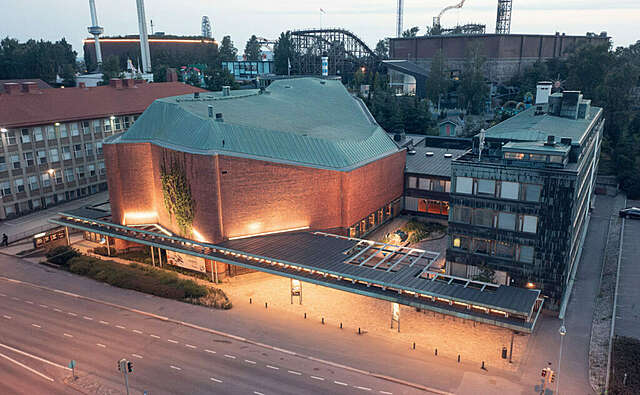
Hannu Rytky / kulttuuritalo.fi
A new club for electronic music has opened in one of Alvar Aalto’s key works in Helsinki. The extensive refurbishment works of the House of Culture’s basement floor were carried out in collaboration with the Finnish Heritage Agency and the Alvar Aalto Foundation.
Since February, a new club for electronic music has brought new audiences to the House of Culture in Helsinki’s Alppila district. The premises have been modernised to make them more suitable for today's events while using as many original elements as possible. Helsinki Kulttuurihub now owns the landmark building, and ASM Global operates the events.
The Kult nightclub focusing on electronic music is located on the building’s basement floor in the Alppisali hall with a separate entrance directly from Sturenkatu Street. After a seven-month renovation, the hall was reopened to the public for the first time in almost fourteen years. The converted nightclub has a capacity of more than 500 people, and the capacity for concerts is estimated at 340 people. Design Agency Fyra was responsible for the refurbishment’s architectural design, while JKMM Architects was in charge of the interior design.
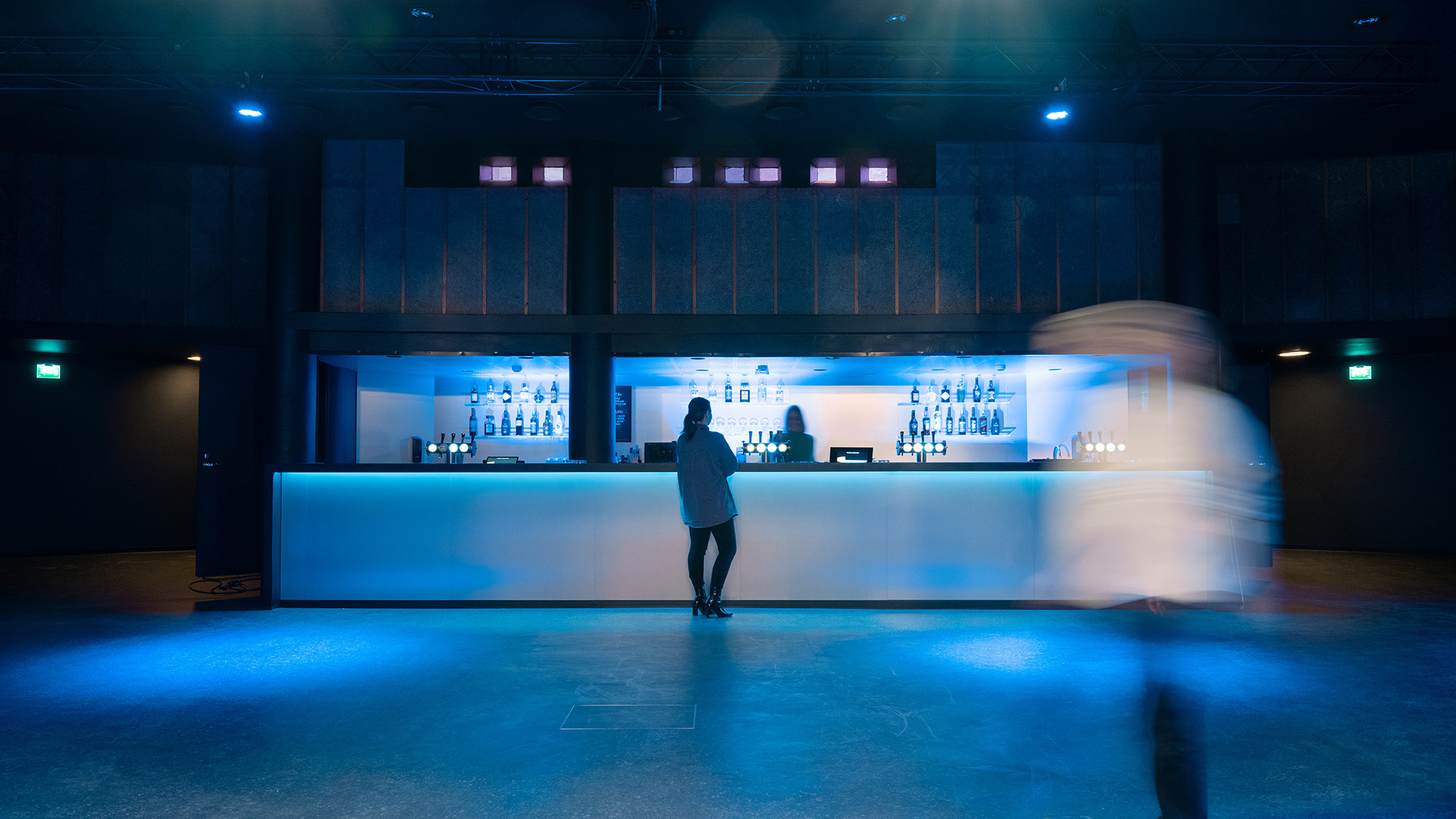
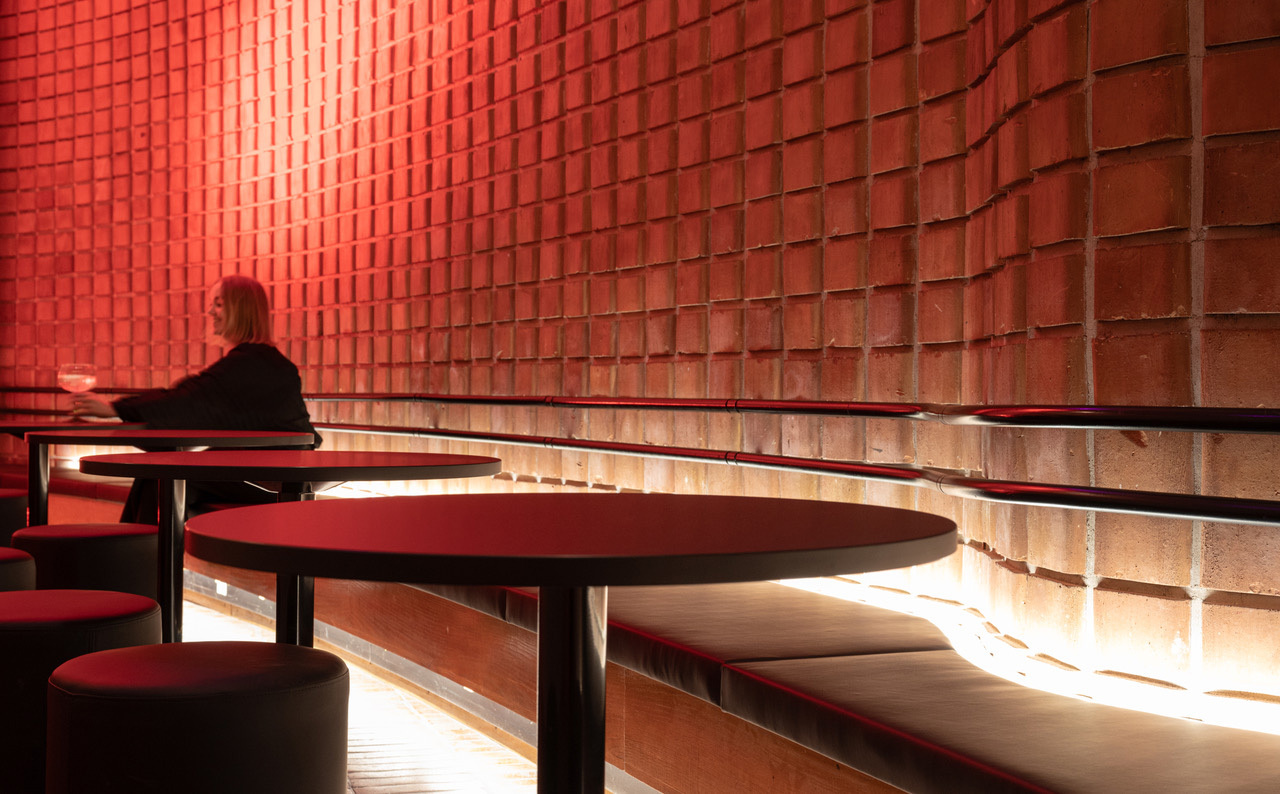
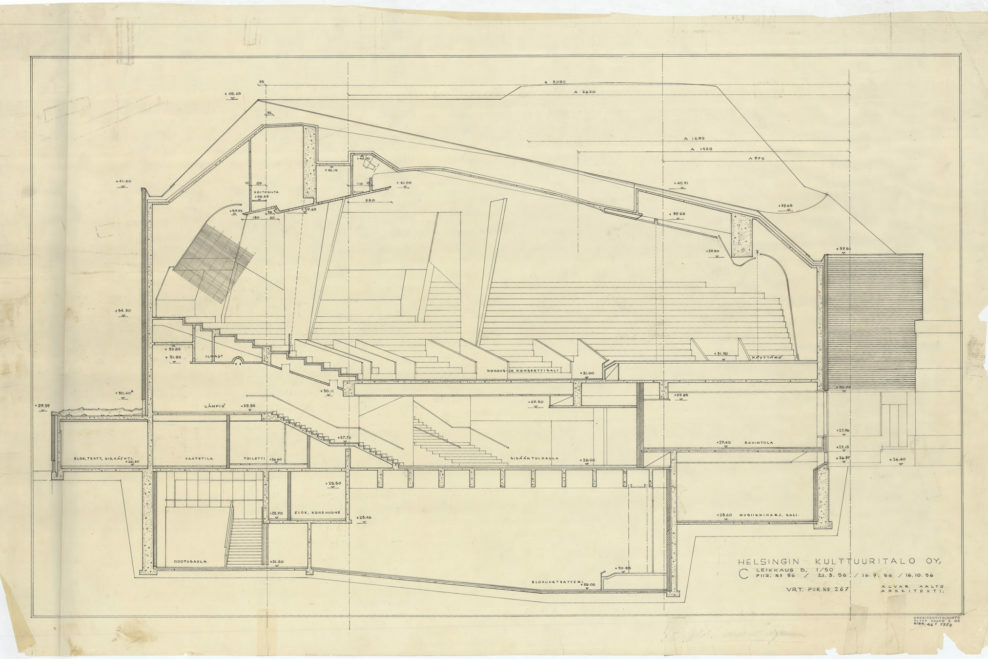
The sloping floor of Alppisali, originally designed as a cinema, has been covered with a new horizontal floor, and the hall has been fitted with acoustic structures meeting today's requirements. The original wood ceiling panelling was retained. The club's toilet facilities were fitted in the former cinema projection room, with small projection windows overlooking the new dance floor.
The club facilities are complemented by two additional halls designed as premium drinks and relaxed party spaces. Some of the spaces have the strictest possible protection status and have not been altered in any way. All the transformations have been designed so that a return to the original look and feel is possible.
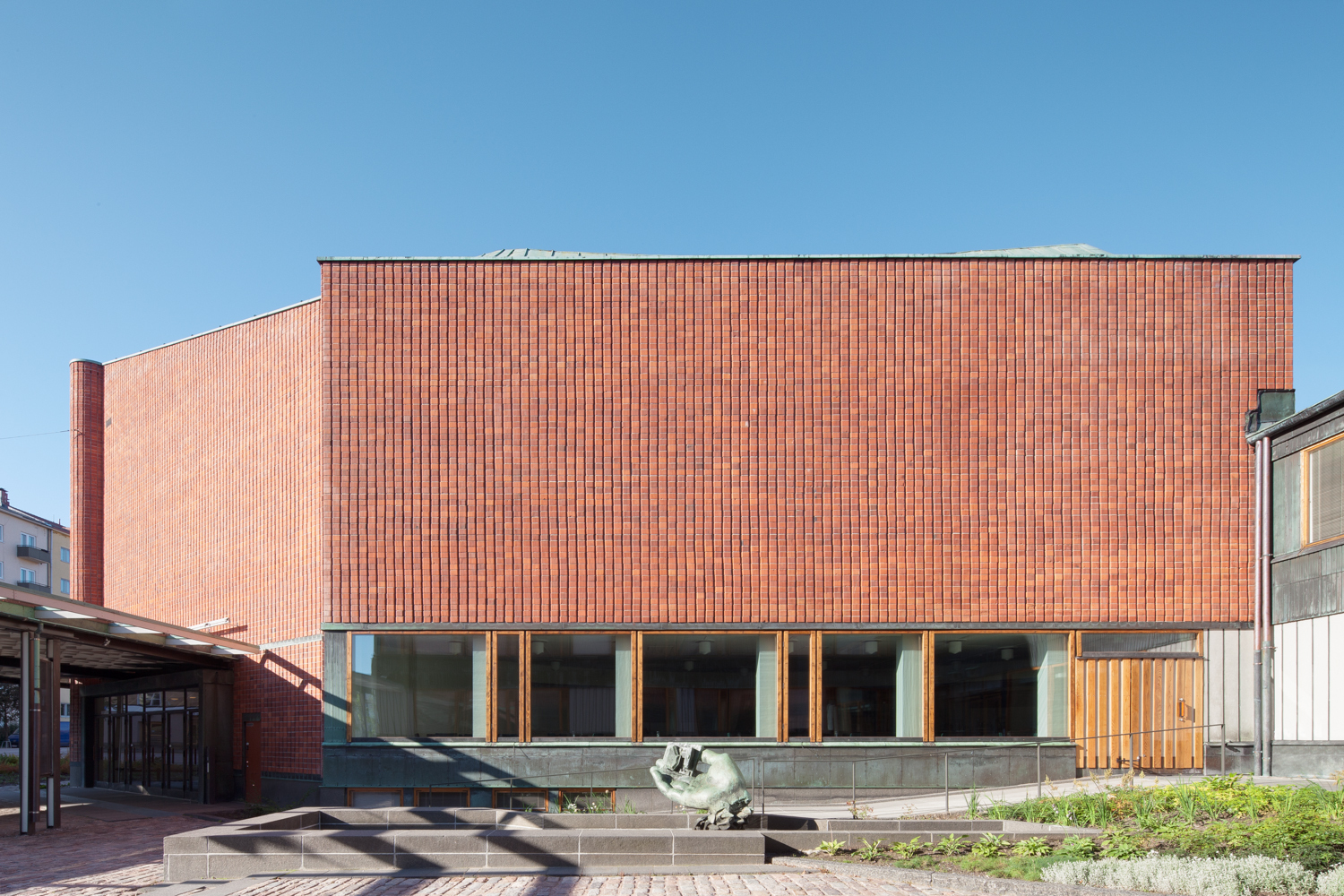
The House of Culture has an intriguing background. In 1952, the Finnish Communist Party commissioned architect Alvar Aalto to design a new building complex, including the party's headquarters, associated facilities and a cultural centre. The building, completed in 1958, was mainly constructed by volunteers, involving up to 5,000 voluntary workers. Among other things, Aalto designed a new type of wedge-shaped brick for the building, which allowed the auditorium to be free-form. The organic volume in brick housing the halls and auditoriums is skillfully combined with the rectangularly shaped office wing by a copper-clad canopy.
On completion, experts appraised the building to have the best acoustics of any concert hall in Helsinki, which has since been put to the test by, in addition to top names from Finland, a long line of iconic international artists and bands such as The Jimi Hendrix Experience, Led Zeppelin, Tina Turner and Lady Gaga.
The House of Culture underwent its last major renovation in 2013, led by NRT Architects. Find out more about the House of Culture on the Finnish Architecture Navigator.
